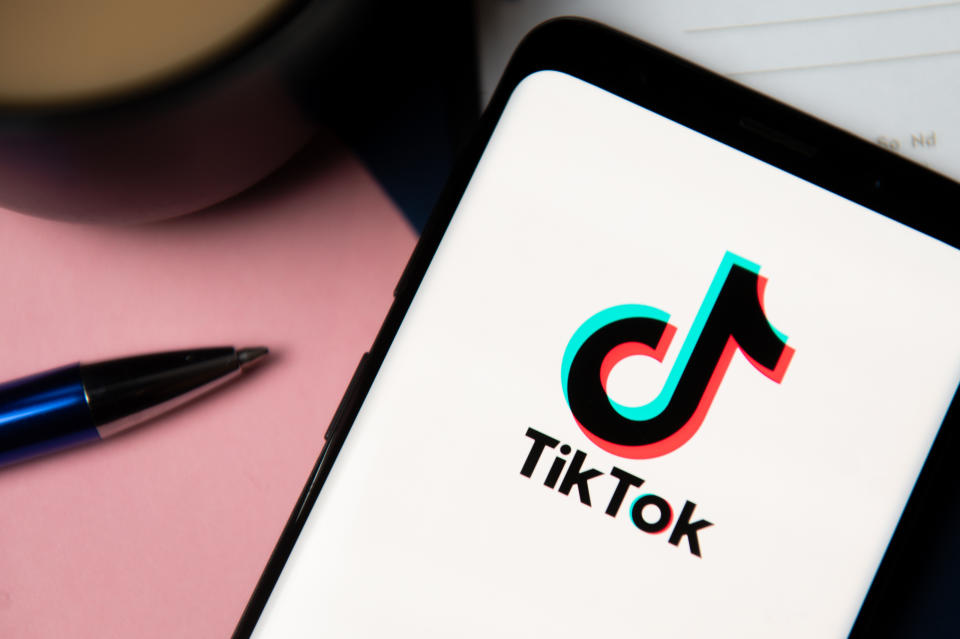First person to be reprimanded by the UK's advertising watchdog over a TikTok post

The UK’s advertising watchdog has reprimanded a social media influencer over the misuse of a TikTok post for the first time.
The Advertising Standards Authority (ASA) said that the post, promoting hair straightener brand GHD, breached marketing communications rules.
The post, made by UK influencer Emily Canham in June 2020, featured a video of Canham using a GHD branded hairdryer and straighteners. A caption alongside the video read: “Hiii just a lil psa there's 20% off the GHD website TODAY ONLY with the code EMILY … #fyp #foryourpage.”
ASA concluded that the post failed to include anything in its content that made it clear to those viewing it that it was an ad, such as the inclusion of the hashtag “#ad.”
READ MORE: Why influencers can no longer escape not putting #ad in posts
The watchdog said that the post was not obviously identifiable as a marketing communication and so broke advertising rules.
Canham had an agreement with GHD to provide a number of social media posts promoting the brand’s products with an accompanying promotional discount code. Although Canham's agent said she had not been paid for the TikTok post in question or received commission for the promotional code featured in the post ASA found that the “promotional code had appeared as part of an exhortation by Ms Canham encouraging consumers to buy GHD’s products, and therefore the commercial nature of the content should have been made clear prior to consumers using the code.”

Advertising watchdogs are now finally catching up on how to regulate and hold to account the influencer sponsored ad industry.
“The research tells us that all of us can find it hard to identify when an influencer is advertising, so it’s crucial that ads are labelled clearly,” said Guy Parker , CEO of ASA in a statement in September.
“Our message to influencers and brands couldn’t be clearer: be upfront with followers, for example by using #ad.”
Over the last 18 months, ASA conducted a “comprehensive review including research with the public and a broad look at existing academic literature in this area,” when it came to influencer advertising.
It found that “people struggle to identify when social media posts by influencers are ads and confirms that the ASA’s current approach of requiring influencers to use a prominent reference, such as #ad, is necessary as a minimum.”
READ MORE: ASA bans Instagram ads that misled people into believing they'll look like a Kardashian
ASA said: “Labelling a post clearly as an ad allows people to know when they’re being sold to, enabling them to make an informed judgment about the commercial intent behind it,” reiterating that the other UK regulator, the Competition and Markets Authority (CMA), are aligned in recommending upfront advertising disclosures.
In September, ASA banned three Instagram adverts for cosmetic fillers, ruling that the ads misled customers into thinking that the treatments would make them look like Kim Kardashian and Kylie Jenner.
According to analytics firm Instascreener, marketing spend for influencer advertising has consistently risen over the last few years, reaching nearly $500m (£409m) in the second quarter this year.
WATCH: Why tax rises may be inevitable in Britain

 Yahoo Finance
Yahoo Finance 